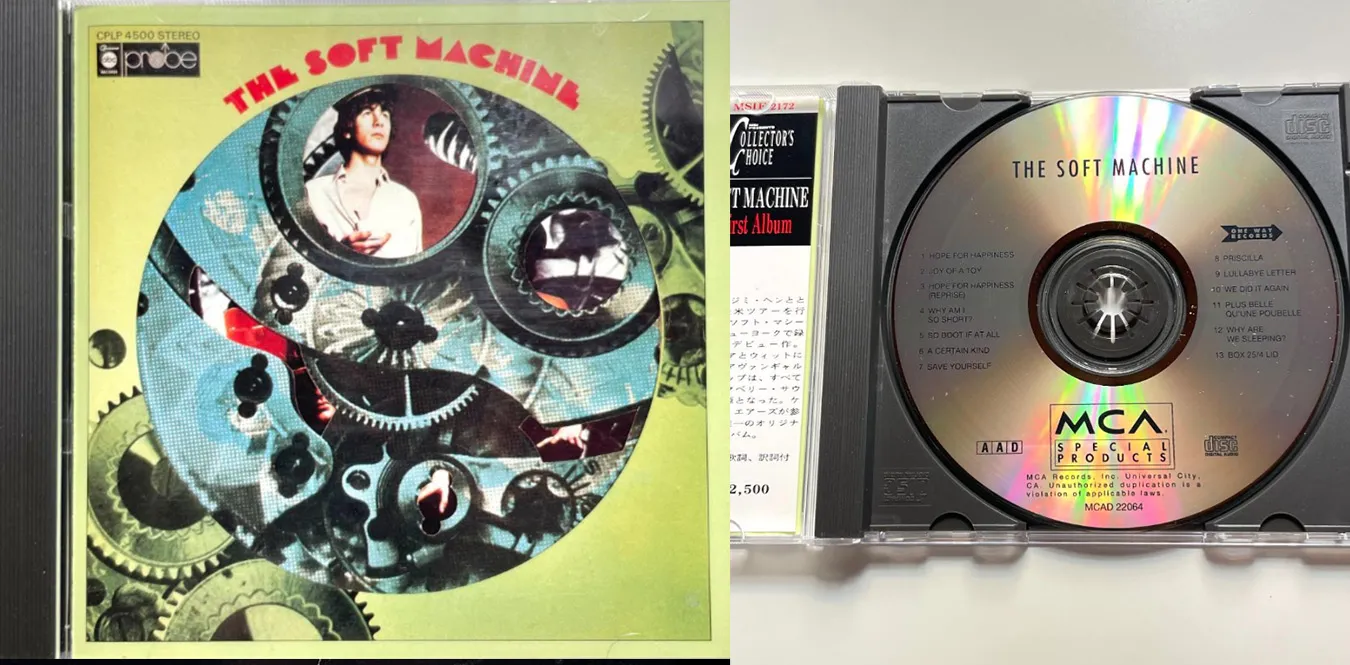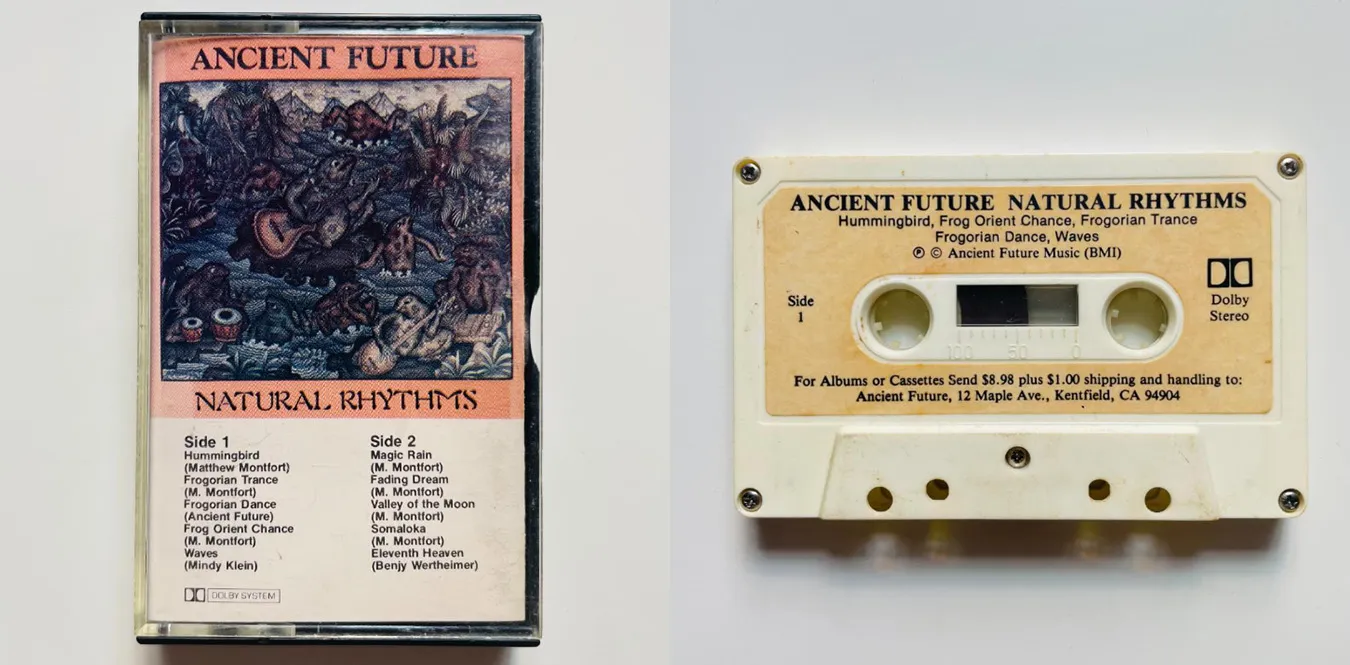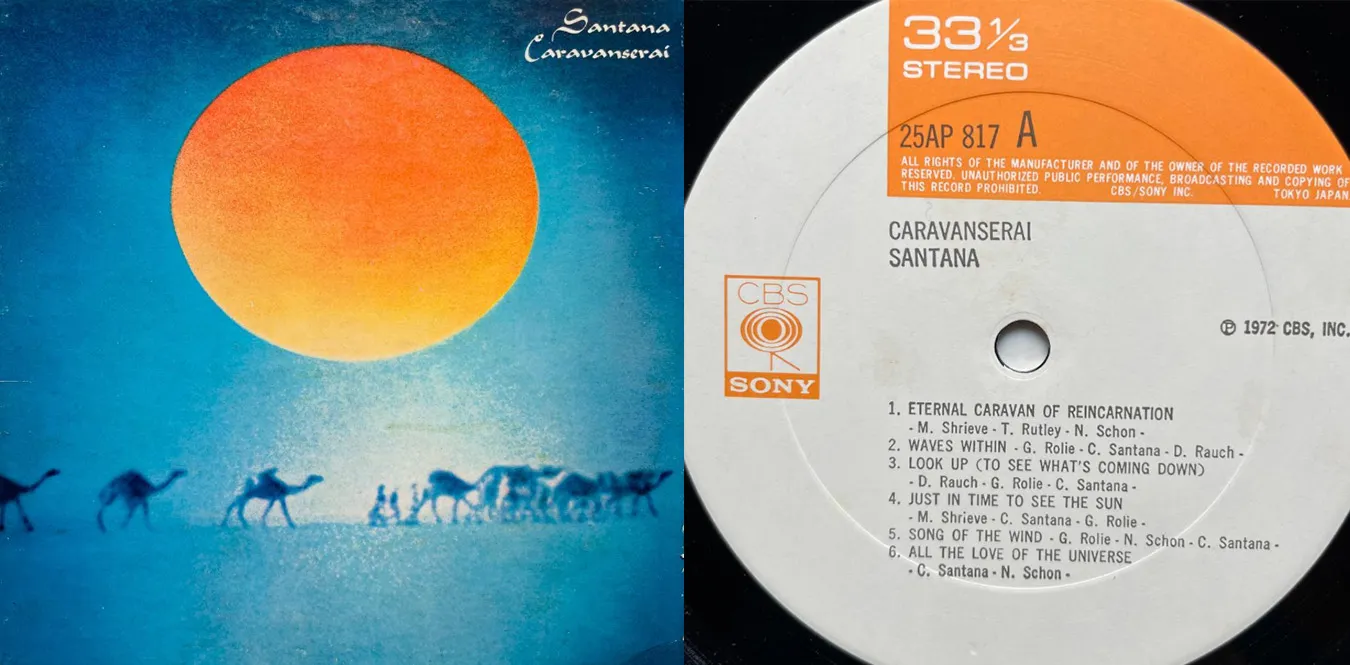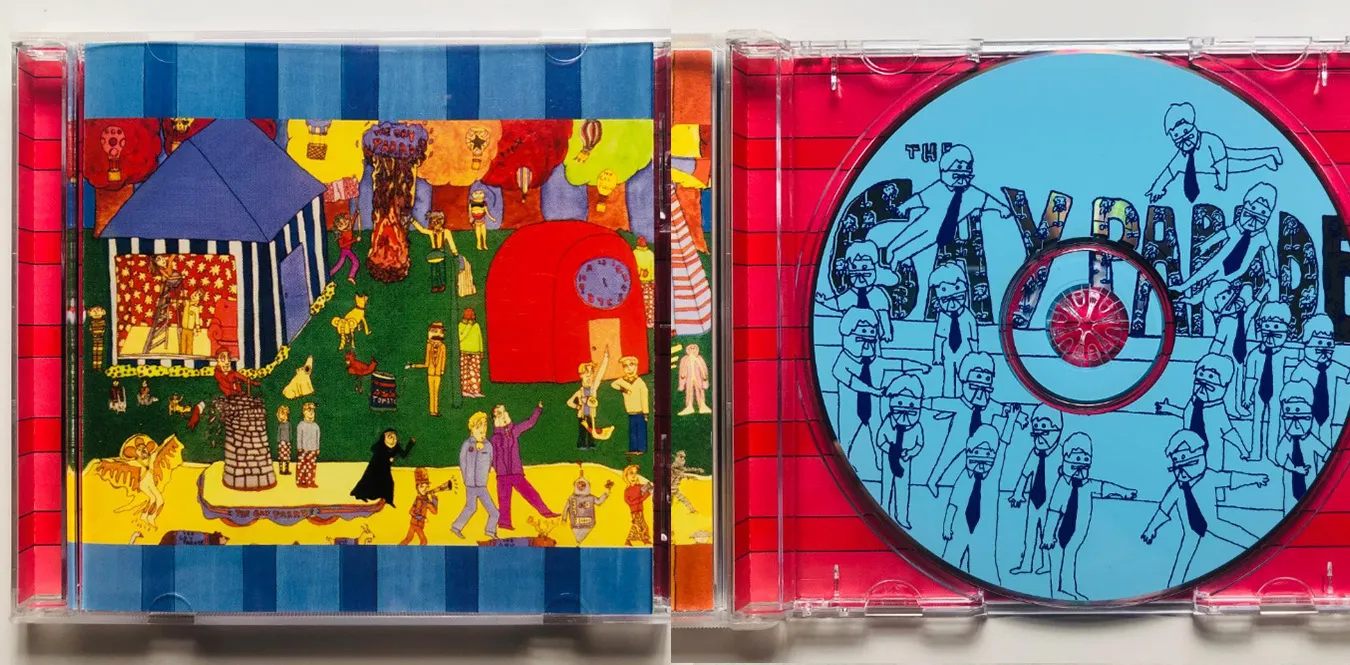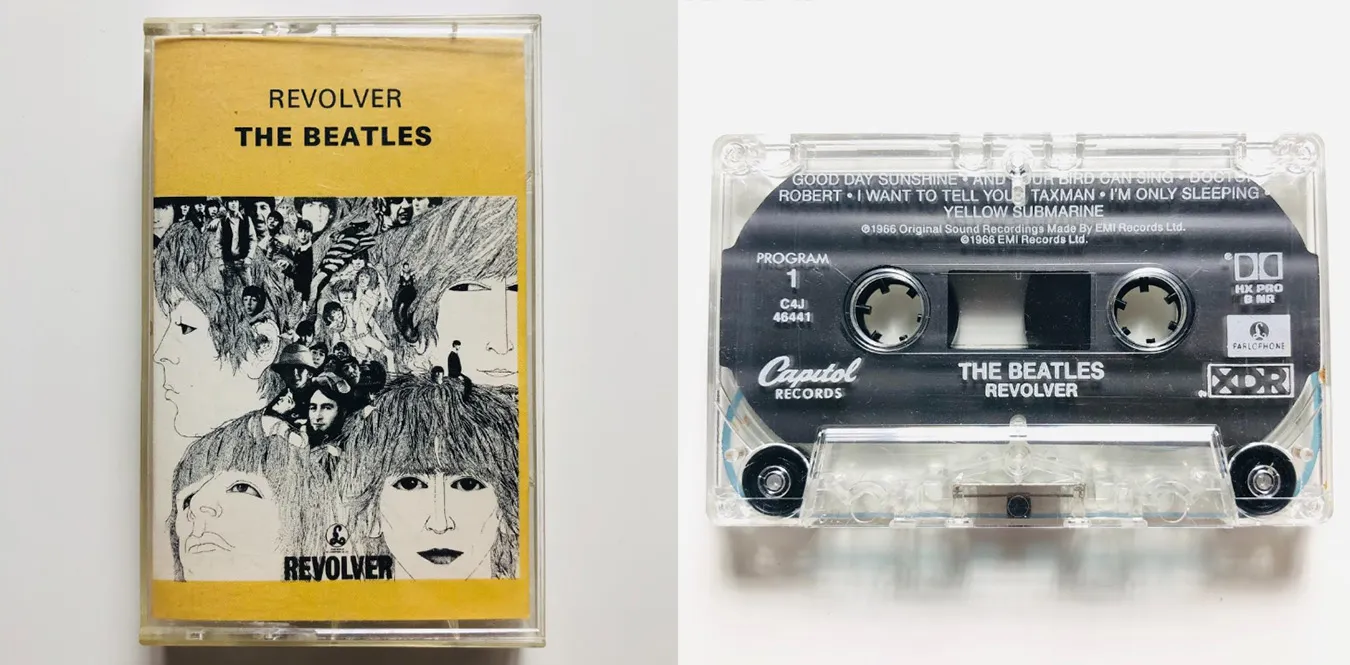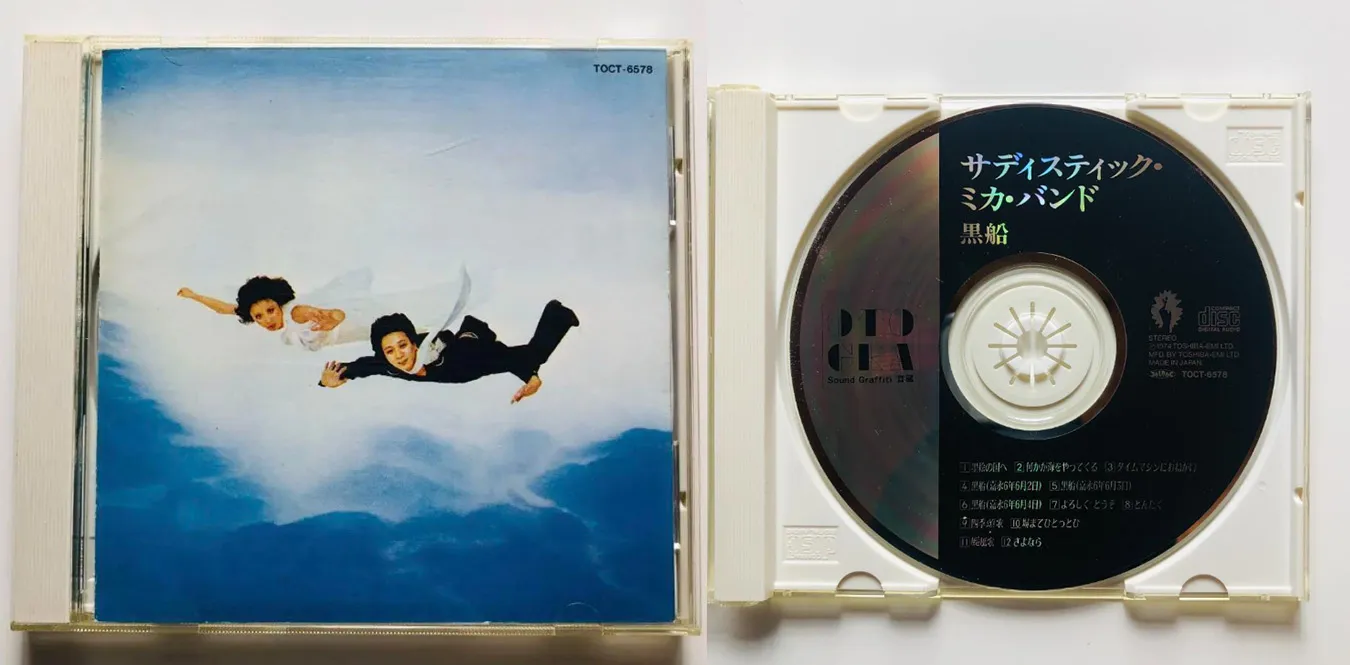![[Column] Tropical illusions — the world of Brazilian psychedelics](/../assets/images/column-Brazilian-Psychedelic-Music.webp)
Prologue: The dawn of Brazilian psychedelics
| Text: mmr | Theme: Tracing the genealogy of psychedelic music born in Brazil, from the Tropicália movement to modern revival |
In the late 1960s, political tensions and cultural experimentation coexisted in a strange way in Rio de Janeiro and São Paulo. While speech was increasingly controlled under the military regime, young people were inspired by British and American rock and sought new sonic freedom. At the forefront of this movement was the Tropicália movement.
Along with the poet Torcato Neto and the artist Hélio Oiticica, the musical leaders were Caetano Veloso and Gilberto Gil. With the goal of “redefining Brazilian music,” they freely fused bossa nova, samba, folklore, and rock.
“Tropicália is the tropics in our souls.” — Caetano Veloso, 1968
In the studios of the time, ““manual overdubbing” was repeated, taking advantage of the limitations of recording equipment. ““Psychedelic sound technology” was born, including physically cutting and pasting reel-type tape and rotating the tape backwards to create reverse echoes.
Chapter 1: Tropicalia and psychedelic fusion
In 1968, the compilation album Tropicália: ou Panis et Circencis was released. This wasn’t just an album, it was a cultural declaration. Gilberto Gil, Caetano Veloso, Os Mutuntes, Gal Costa, Nara León, and others participated, presenting a Brazilian avant-garde that integrates sound, video, and poetry.
Os Mutantes was particularly innovative. Sergio Diaz’s fuzz guitar, Rita Lee’s sweet yet provocative vocals, and improvisational noise manipulation were on par with British Pink Floyd and Soft Machine. Their 1970 album A Divina Comédia ou Ando Meio Desligado is considered a sonic turning point in the history of Brazilian music.
“Os Mutantes ate rock, swallowed bossa nova, and spit out the future.” — Rolling Stone Brasil (1971)
Chapter 2: Acoustic Revolution — Innovation in Brazilian Recording Technology
At the time, the recording studio Phonogram Studios (Rio) could not obtain Western-made multi-track equipment, so they adopted the artisanal method of layering two-track recorders. This restriction is the cause of the unique “bleeding” sound image. In particular, Os Mutuntes’ engineer Arnaldo Baptista built his own fuzz circuit and subtly fluctuated the pitch, recreating the hallucinatory floating sensation unique to South America.
Another important innovation was the fusion of ethnic instruments and electronic sounds. Combining indigenous sounds like cavaquinho and bell imbau with Moog synths and reverse tape, Brazilian music was expanded into the ““psychedelic tropics.’’
Chapter 3: Underground fever — the intersection of repression and creation
In the 1970s, many of Tropicália’s central figures were exiled. However, the fire of music went underground and was alive and well in the local scene. Student bands in São Paulo and local radio in Bahia continued to share sounds through cassette tape networks.
On the other hand, Clube da Esquina, based in the state of Minas Gerais, appears. Clube da Esquina, the 1972 album by Milton Nascimento and Lo Borges, is a masterpiece that fused the boundaries between psychedelic, folk, and MPB, and epitomized the ““quiet trip.’’
Chapter 4: Modern Rebirth — The Age of Psychedelic Revival
In the 21st century, young Brazilian bands have once again regained their “tropical illusion.” Boogarins, Carne Doce, Glue Trip, O Terno and others bridge British and American indie rock with the hallucinogenic sounds of the 60s. In particular, Boogarins’ 2015 album “Manual” is characterized by lo-fi spatial recording using cassettes and analog mixers, and symbolizes the ““DIY psychedelia’’ of the Spotify generation.
“Our sound is humid, like the Brazilian air.” — Dinho Almeida (Boogarins)
Chapter 5: Live Review — Tropical Trance Experience
Boogarins” 2018 show at São Paulo”s Cine Joia was the moment when the ghost of Tropicália was brought back to life. Behind the stage are moving images of tropical plants, lighting that gives you a sense of humidity, and an endless guitar drone. Rather than dancing, the audience “floated”, immersed in the sound.
The encore performance of “Lucifernandis” created a chaotic sound that sounded like the second coming of Os Mutantes, and the audience’s cheers shook the air. The sound staff used analog tape echoes to transform the entire hall into a sea of hallucinatory reverberations.
Chapter 6: Major timeline of Brazilian psychedelics
Chapter 7: Discography — In the wake of psychedelic Brazil
| Artist | Title | Year | Link |
|---|---|---|---|
| Os Mutantes | Tropicália: ou Panis et Circencis | 1968 | Amazon |
| Caetano Veloso | Caetano Veloso | 1969 | Amazon |
| Gilberto Gil | Expresso 2222 | 1972 | Amazon |
| Milton Nascimento & Lô Borges | Clube da Esquina | 1972 | [Amazon]https://amzn.to/4n2waIJ) |
| Boogarins | Manual | 2015 | Amazon |
| Glue Trip | Glue Trip | 2016 | Amazon |
Final Chapter: Visions of the Future — The Psychedelia Continues
The spirit of Tropicalia continues to evolve even after half a century. Through the fusion of digital recording, AI-generated music, and visual art, Brazilian artists are creating ““new hallucinations’’. It’s not an escape from reality, but a reconstruction of reality. The ““Tropical Vision’’ still echoes somewhere in the world.
“Psychedelia is looking at the reality in your mind.” — Gilberto Gil

